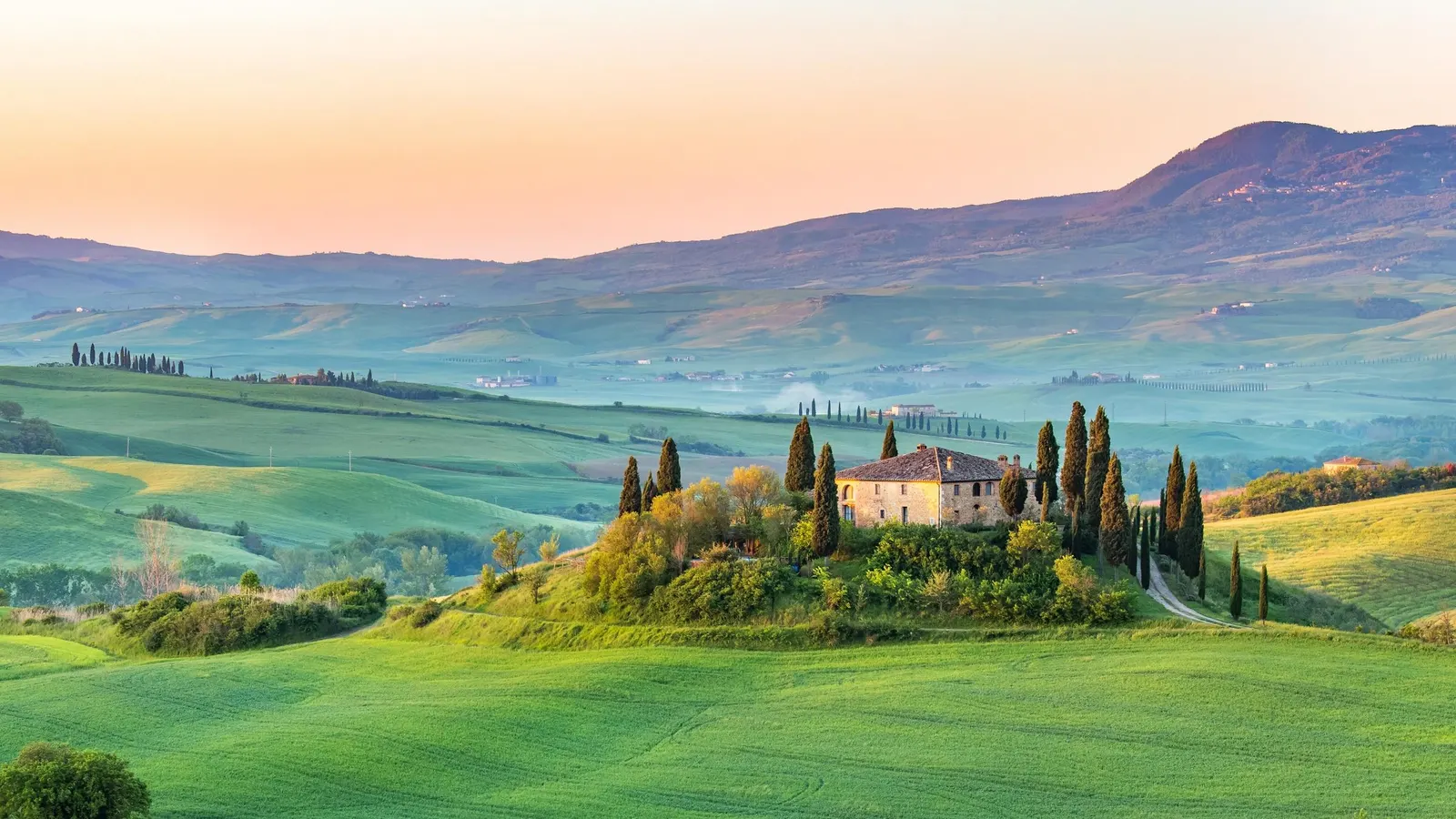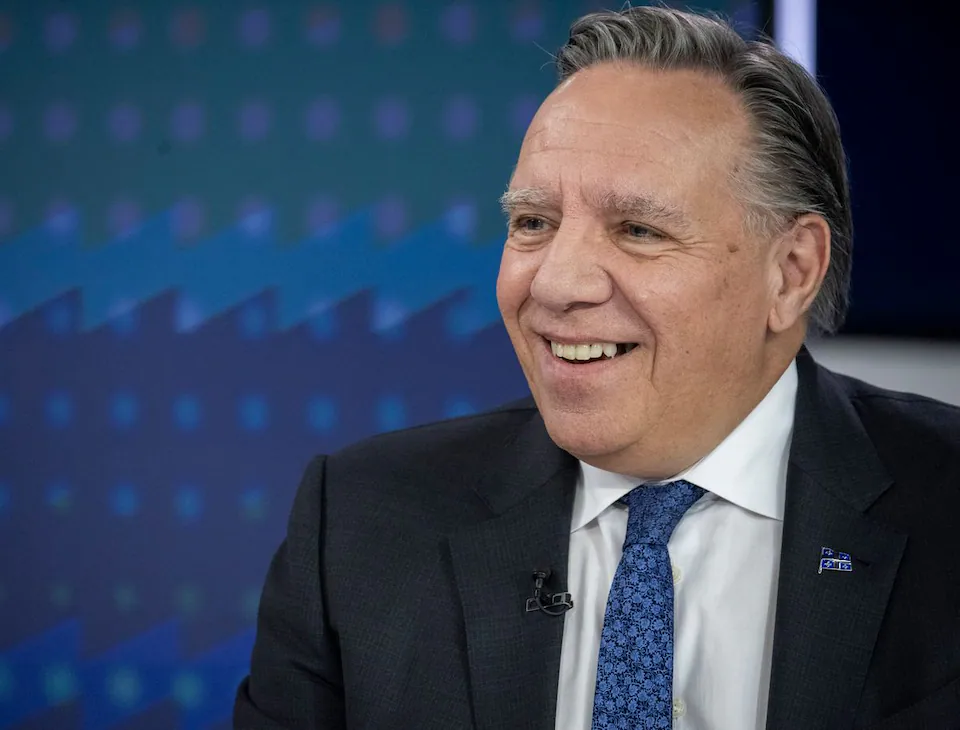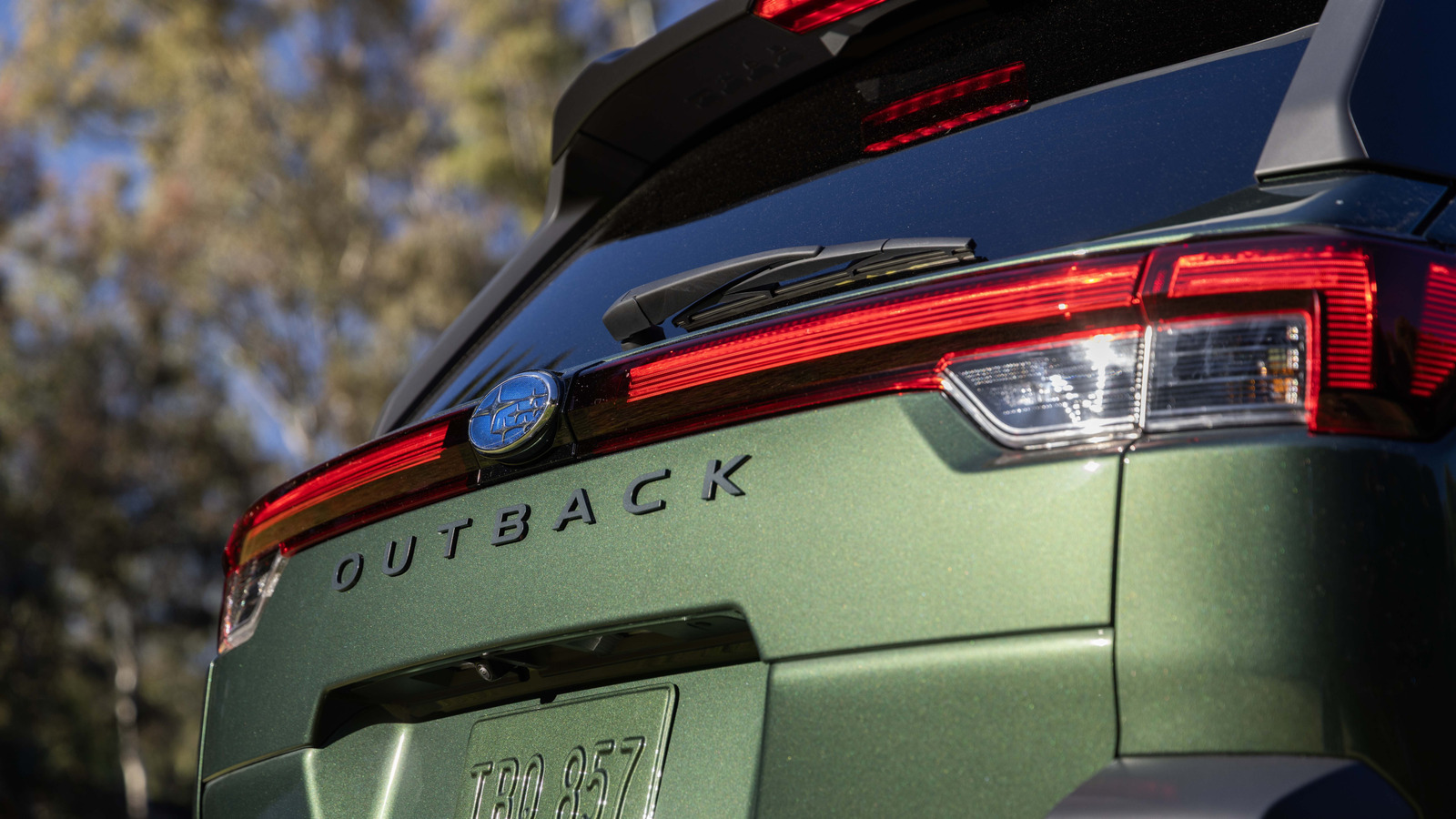By Contributor,Natalie Hoberman
Copyright forbes

Owning a Tuscan villa may be closer than it seems—provided you know a few essentials before signing.
Shutterstock
What is it about this region of Italy—just above the knee of boot—that has so stirred the imagination for centuries? It shaped the verses of Dante. Drew Michelangelo to the marble quarries of Carrara. Inspired generations of poets, painters and philosophers. Beyond the elegance of Florence, Tuscany’s hilltop towns and undulating countryside have become visual shorthand for beauty and relaxation—beguiling cinematic backdrops and cookbook cover stars.
Today, Tuscany is fueling the dreams of a new kind of admirer: wealthy property collectors searching for more than just a vacation home. For many, the fantasy has become something far more tangible—a lifestyle stake in la dolce vita.
Over the past decade, the number of foreigners living in Tuscany has grown by 11.2%. It’s little wonder why when the sweet life beckons so strongly. But what’s changing is where buyers are investing—and what they’re expecting when they arrive.
Bucolic needn’t mean basic. This €16,500,000 (~$19.4 million) Chianti estate sits in 100 acres of woodland and olive grove, with a fully restored 3-story villa, a consecrated chapel, a “limonaia” greenhouse, 5-car garage, caretaker’s house and self-contained casina. In total, 15 bedrooms and 11 bathrooms, all just 15 minutes from Siena.
Building Heritage
Countryside Charm Meets Turnkey Convenience
Spend a couple hours with a local realtor and you’ll spot Renaissance-era frescoes, centuries-old stonework and row after row of vines—Sangiovese, Trebbiano, Vermentino. Here, high-end property listings read more like a slow-living manifesto: olive-oil production, vineyard strolls, farm-to-table lunches beneath a pergola.
“Everyone is searching for properties that embody a sense of Italianità—that blend of cultural depth and refinement—without sacrificing modern luxuries,” says Chiara Gennarelli, who oversees international clients at Italian brokerage Building Heritage.
“Chi va piano, va sano e va lontano.” (He who goes slowly, goes safely and goes far.)
Italian proverb
Yes, it must have charm: terracotta rooftops, vaulted and hand-painted ceilings. But “charm alone isn’t enough,” Gennarelli notes. Today’s buyer is more discerning. They want historical beauty with contemporary livability. Renaissance bones with 21st-century brains.
Long gone are the days of multi-year renovations, she adds. Buyers want move-in-ready estates—maybe a Wi-Fi upgrade or a bathroom refresh, but that’s it.
Restored in 2008, the main villa at Villa Barone in Chianti Classico preserves honest Tuscan bones while adding modern comfort and refined finishes. One of its former notable guests, Galileo Galilei, would find ample angles from which to stargaze today.
Building Heritage
They’re also seeking functionality—properties that do more than sit pretty on a postcard. For some, that means bottling their own wine or olive oil. For others, it’s the potential to host retreats, countryside weddings or generate passive income through agritourism. Increasingly, buyers are drawn to estates that wear their values well: eco-conscious villas powered by solar panels and low-impact technology. (And if proof of this shift is needed, know this: Italy welcomed more than 60,000 “geothermal tourists” last year alone.)
The cellar at Villa Solaria supports end-to-end winemaking—production, bottling, aging—and adds a tasting/event room that opens to a terrace. Originally conceived as a luxury wine resort, the estate also includes 5 hectares of white truffle forest. On the market for €15,000,000 (~$17.6 million).
Building Heritage
Consider Villa Solaria, a recently restored, three-estate compound presiding over more than 300 acres, as a prime example. It has all the hallmarks of a Tuscan dream property: a driveway lined with cypress trees, stone archways and a warm, sun-washed palette. But beneath the heritage lies precision: smart-home automation, a wellness center with a sauna and a Turkish bath, plus a wine operation capable of producing up to 250,000 bottles annually. Above, a photovoltaic system powers the property with off-grid ease.
Who’s Buying In Tuscany—And Where
Buyers are largely coming from the U.S., U.K. and Singapore, drawn by a blend of romanticism and post-pandemic pragmatism, says Gennarelli. For many, Tuscany is the antidote to corporate burnout—a place where life slows and wellness isn’t a trend but a way of being.
While the towns just outside of Florence remain perennially popular, other destinations are emerging. Take Lucca, once the medieval capital of Tuscany. It’s seen a 27% rise in property values over the past five years, thanks in part to its proximity to the Ligurian Sea and increasing international demand. And then there’s Forte dei Marmi, a coastal town in the province of Lucca, where beach clubs, five-star hotels and luxury fashion brands are fueling a steady rise in ultra-prime sales.
At Villa Solaria, acreage earns its keep with fields, orchards and vineyards in active use since vines were hand-planted between 2002 and 2008. Production currently outputs around 100,000 bottles annually and could reach 250,000.
Building Heritage
For those seeking a more rustic feel, Fiesole—home to the UNESCO-listed Villa Medici— remains popular, as do Arezzo, San Gimignano, Chianti and Siena.
The value proposition is compelling. Tuscany offers similar lifestyles to Napa Valley or the South of France, but often at a fraction of the cost. Factor in Italy’s lower cost of living, and the appeal becomes even clearer. Italy’s tax incentives are another powerful lure. In 2017, the country introduced a flat-tax program aimed at high-net-worth individuals. The offer? Relocate your tax residence to Italy and pay a fixed annual tax of €200,000, regardless of global income.
Roughly 4,000 individuals have taken advantage of the initiative, which has become known as the “CR7 Law” after soccer superstar Cristiano Ronaldo tapped into it during his three seasons with Turin-based Juventus.
Seclusion doesn’t always mean remote. Estates like this restored 18th-century villa—part hospitality business, part private residence—sit less than an hour from Florence. Offered fully furnished for €5,500,000. (~$6.45 million).
Building Heritage
The Reality Of Owning A Tuscan Villa
Buying a villa is one thing. Running it is another. The very qualities that make these properties so desirable—seclusion, heritage and craftsmanship—can also complicate ownership.
“Most of our international buyers do not plan to live here full-time,” says Gennarelli. “They typically work with local teams to keep the estate running, especially if wine production is involved.” This can include an operations team of agronomists, vineyard managers, pool technicians and gardeners.
Modernized villas are increasingly in demand, with infrastructure improvements an expectation. But old-world craftsmanship and traditional designs still anchor the best examples.
Building Heritage
And while Italy has strict architectural and environmental protections, a network of architects and local management teams are available to guide foreign buyers through the process of stewarding a heritage property. In fact, notes Gennarelli, “it’s often foreign owners who are most passionate about preserving the authenticity of these estates.”
What’s certain? Not everyone is drawn to the painstaking work of restoring a villa or harvesting their own Sangiovese grapes just to bottle their own Chianti. But those who are rarely leave. In Tuscany, it appears some dreams are meant to be lived in.
Building Heritage is a member of Forbes Global Properties, an invitation-only network of top-tier brokerages worldwide and the exclusive real estate partner of Forbes.
Editorial StandardsReprints & Permissions



